1. Los Angeles, California – The Land of Sun, Stars, and Stray Cats
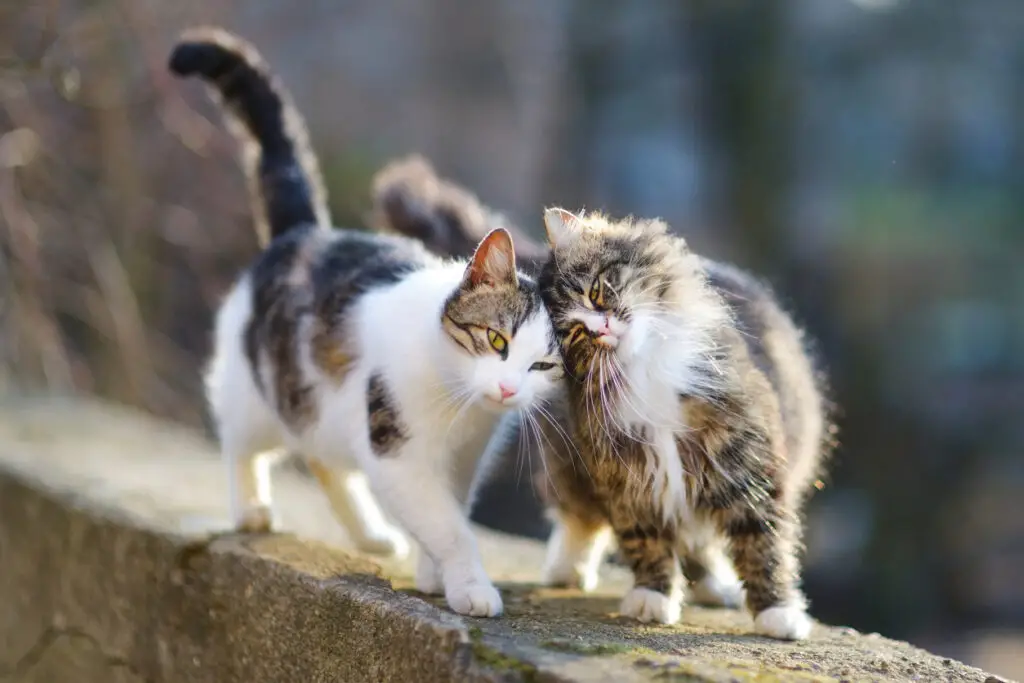
Los Angeles isn’t just home to movie stars—it’s also home to one of the largest feral cat populations in the country. With its warm climate, ample hiding spots, and a steady food supply from restaurants and dumpsters, L.A. has become a haven for these independent felines. From Hollywood to Downtown, you’ll find colonies of cats slinking through alleyways, lounging on rooftops, and even hanging around outdoor cafés, hoping for a free meal.
But the city’s love for cats is complicated. While some residents welcome them as natural pest controllers, others view them as a problem due to noise, disease concerns, and their impact on local wildlife. Fortunately, Los Angeles has one of the most active Trap-Neuter-Return (TNR) programs in the country, thanks to organizations like FixNation and the Stray Cat Alliance. These efforts have helped stabilize the feral cat population while ensuring the animals live healthier lives. Whether you see them as charming urban panthers or uninvited guests, one thing is certain—feral cats are here to stay in L.A.
2. New York City, New York – Alley Cats of the Concrete Jungle
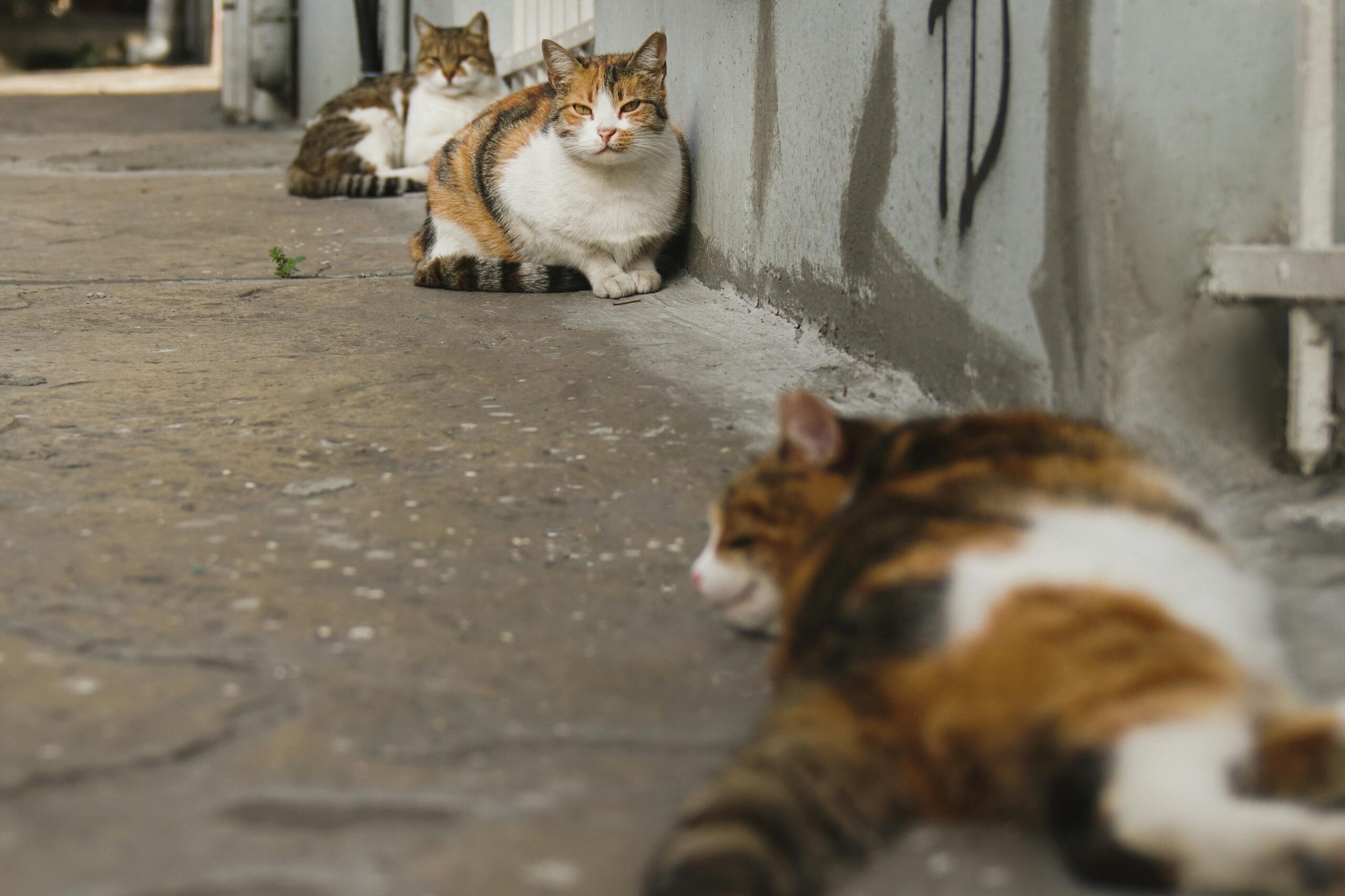
If you’ve ever walked through a dimly lit alley in New York City, you might have noticed a pair of glowing eyes staring back at you. That’s because the city that never sleeps is also home to thousands of feral cats. From Brooklyn’s brownstone-lined streets to the industrial edges of Queens, these felines have found countless hiding spots in basements, abandoned buildings, and even subway tunnels.
New Yorkers have a love-hate relationship with their feline cohabitants. On one hand, these street-smart cats help keep the rat population under control—a crucial job in a city where rodents outnumber people. On the other hand, their sheer numbers have led to concerns about their welfare, as harsh winters and limited food sources make survival tough. Thankfully, New York City Feral Cat Initiative and local volunteers are working tirelessly to trap, neuter, and care for these urban strays. The next time you’re enjoying a slice of pizza at an outdoor café, don’t be surprised if a street-savvy cat strolls by, sizing up your leftovers.
3. Chicago, Illinois – Windy City Warriors
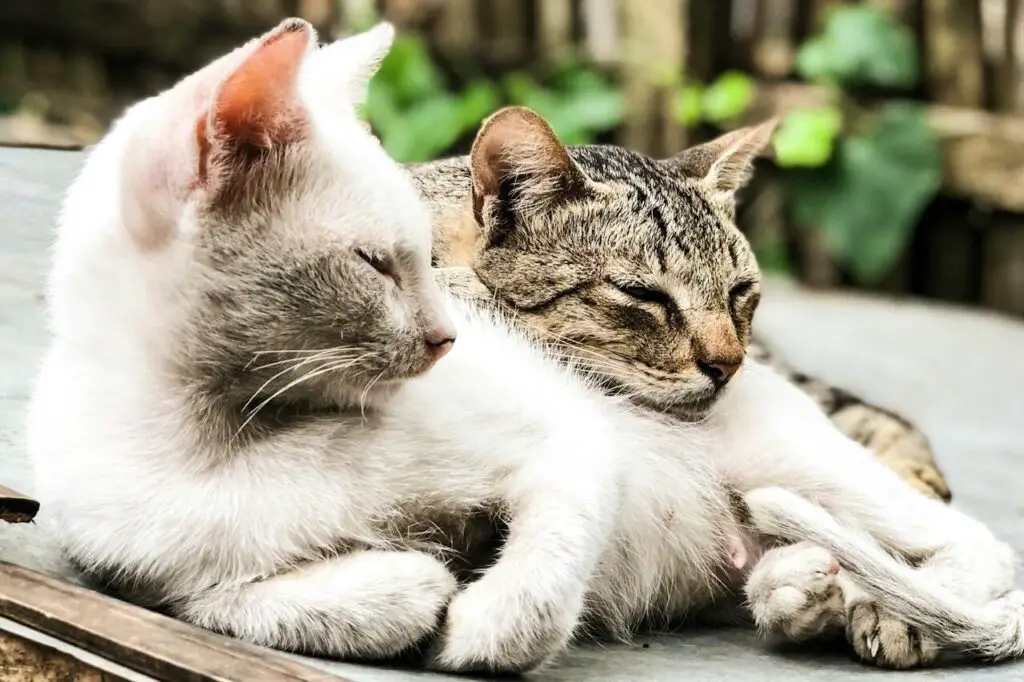
Chicago is known for its deep-dish pizza, brutal winters, and… a booming feral cat population? Believe it or not, the Windy City has one of the most well-established feral cat colonies in the Midwest. While you might think the icy winters would be too much for these street cats, they’ve found ways to survive—taking shelter in abandoned buildings, burrowing under porches, and even finding warmth near heating vents and subway grates.
The city has embraced its feline residents in a way that other places haven’t. In fact, Chicago’s famous “Cats at Work” program uses feral cat colonies as a natural rodent control system. Instead of relying on poison or traps, businesses and homeowners “hire” feral cats to patrol their properties and keep rats at bay. It’s a win-win: the cats get food and shelter, and the humans get a rodent-free environment. If you ever find yourself in a quiet Chicago alley late at night, keep your eyes peeled—you might just spot one of the city’s hardest-working employees, tail flicking as it patrols its turf.
4. Houston, Texas – Where the Streets Belong to the Cats
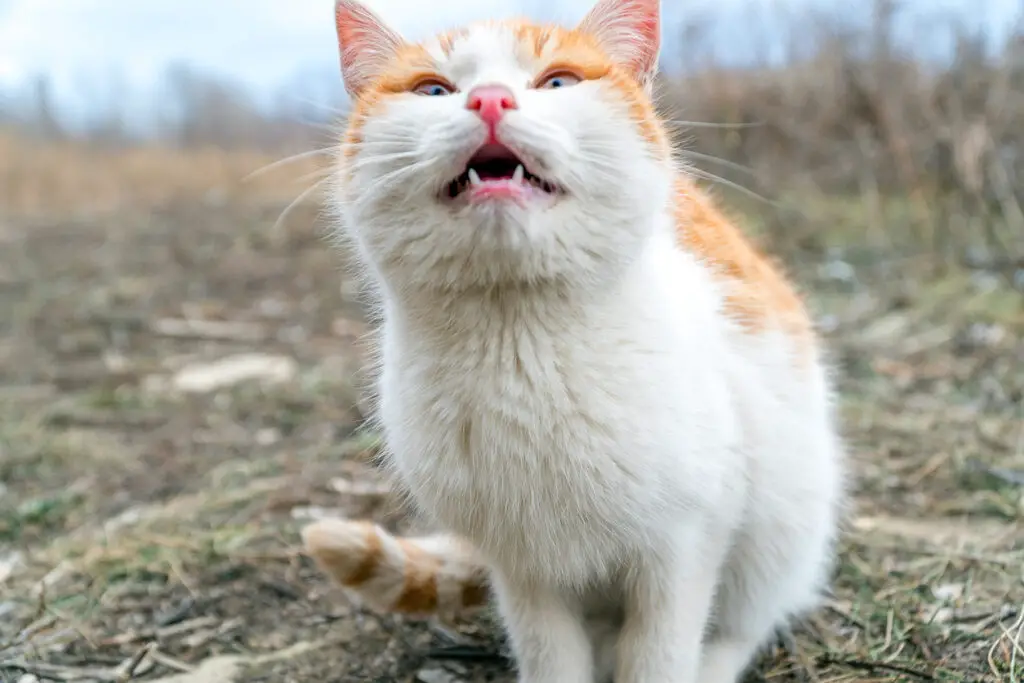
Houston is one of the most cat-friendly cities in the U.S., though not always by design. With its warm climate and sprawling urban landscape, the city has become a prime breeding ground for feral cat colonies. Unlike some colder cities where the winters naturally curb the population, Houston’s mild weather allows these cats to reproduce all year long, leading to a steady increase in their numbers. You can find them lounging on sidewalks, prowling near dumpsters, or darting across parking lots in search of food.
While some residents welcome the cats for their rat-catching skills, others worry about their impact on local wildlife, particularly birds. Thankfully, groups like Friends for Life and BARC Houston have stepped up with robust TNR programs, working to humanely manage the growing population. The city has also seen an increase in community cat caretakers—locals who provide food and shelter for these furry residents without trying to domesticate them. Houston’s feral cats are here to stay, and if you’re lucky, you might just earn the trust of one, even if only from a distance.
5. Philadelphia, Pennsylvania – The City of Brotherly Love (and Cats)
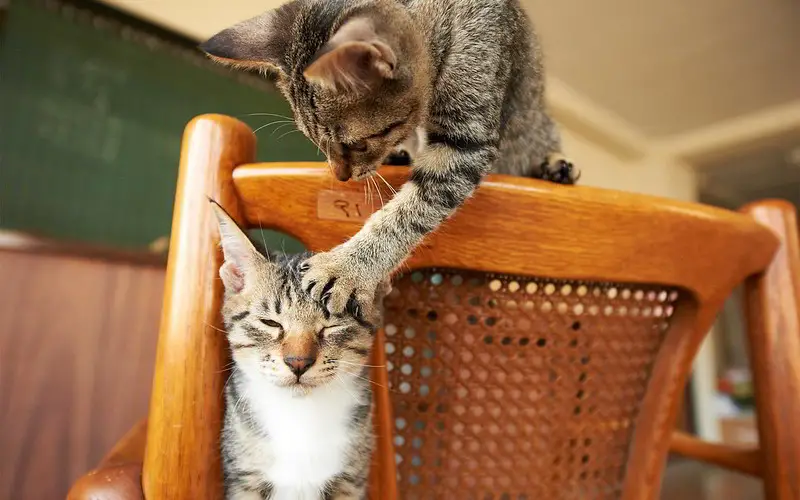
Philadelphia is known for its rich history, passionate sports fans, and delicious cheesesteaks, but it’s also home to thousands of feral cats. Whether they’re sunbathing on rowhouse stoops or darting between parked cars in South Philly, these resilient felines have made the city their own. With plenty of abandoned buildings and cozy alleyways, Philly provides the perfect environment for colonies to thrive.
Despite the city’s best efforts, the feral cat population remains high. However, dedicated volunteers and local rescue groups are making a difference through TNR efforts. Organizations like Project MEOW and Forgotten Cats have helped reduce the number of kittens born on the streets, ensuring that existing feral cats live healthier lives. Philadelphia’s feral cats may not be as famous as its historic landmarks, but they are just as much a part of the city’s identity. Next time you’re exploring the streets of Philly, keep an eye out—you might just spot a whiskered local watching over its turf.
6. Miami, Florida – Feline Paradise in the Sunshine State
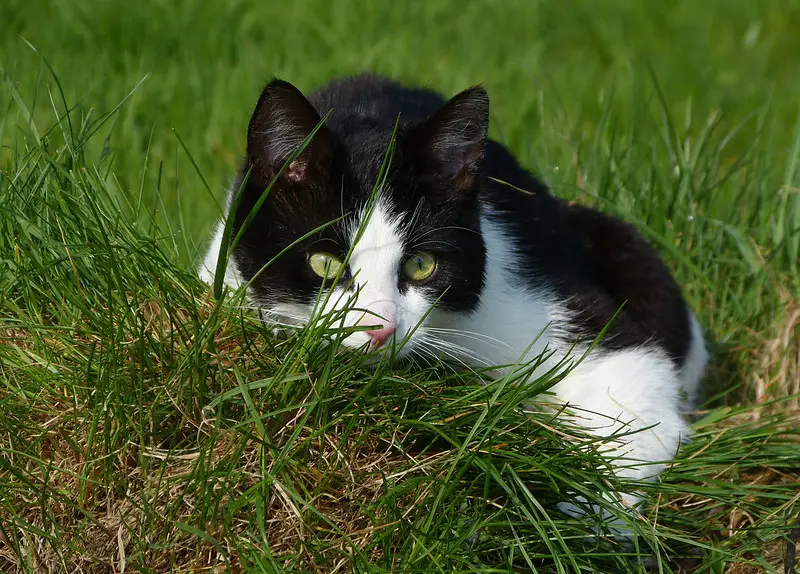
Miami’s warm weather, dense urban areas, and abundant food sources make it an ideal place for feral cats to flourish. With no harsh winters to slow down breeding, Miami’s colonies grow rapidly, particularly in neighborhoods like Little Havana and South Beach. From alleys to waterfront marinas, these cats have adapted to city life, lounging in the sun by day and prowling for food by night.
Fortunately, Miami has several Trap-Neuter-Return (TNR) programs that help keep the population in check. Organizations like The Cat Network and Miami-Dade Animal Services work tirelessly to spay, neuter, and care for these street-savvy felines. The city also has a surprising number of “cat-friendly” residents who provide food and water to these independent creatures. If you ever visit Miami, you might find yourself sharing your cafecito break with a sleek, sunbathing feline nearby.
7. San Francisco, California – The Hills Are Alive… With Cats
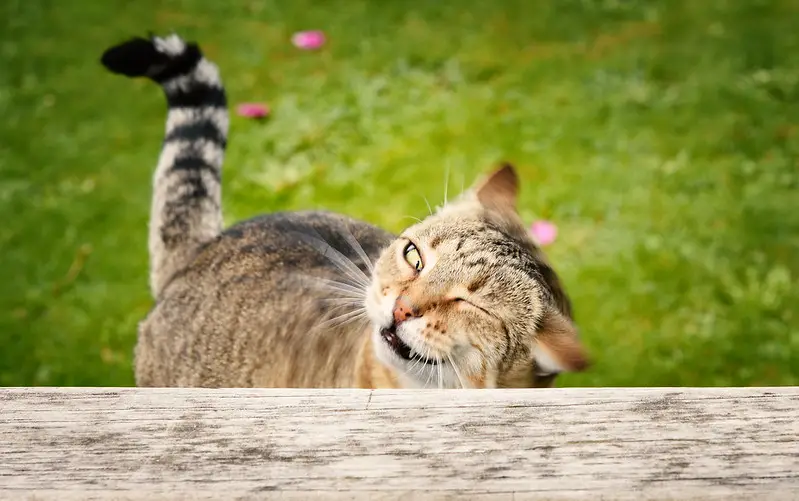
San Francisco’s iconic streets and stunning waterfronts aren’t just home to tourists—they’re also home to a thriving feral cat population. The city’s steep hills, hidden alleyways, and cozy Victorian homes provide perfect hiding spots for colonies to settle. Many of these cats have taken up residence in parks, industrial areas, and near the docks, where food scraps are easy to come by.
Unlike some cities where feral cats are viewed as pests, San Francisco has a strong community-based approach to managing its colonies. Groups like Give Me Shelter Cat Rescue and SF SPCA have led the charge in TNR efforts, ensuring that cats are not only neutered but also provided with medical care. The city’s open-minded, animal-friendly culture has even led to “cat cafés” where humans and felines can mingle in a relaxed environment. Whether they’re basking in the Golden Gate Park sunshine or lurking near Fisherman’s Wharf, San Francisco’s feral cats are living their best lives.
8. Atlanta, Georgia – Southern Hospitality for Stray Cats
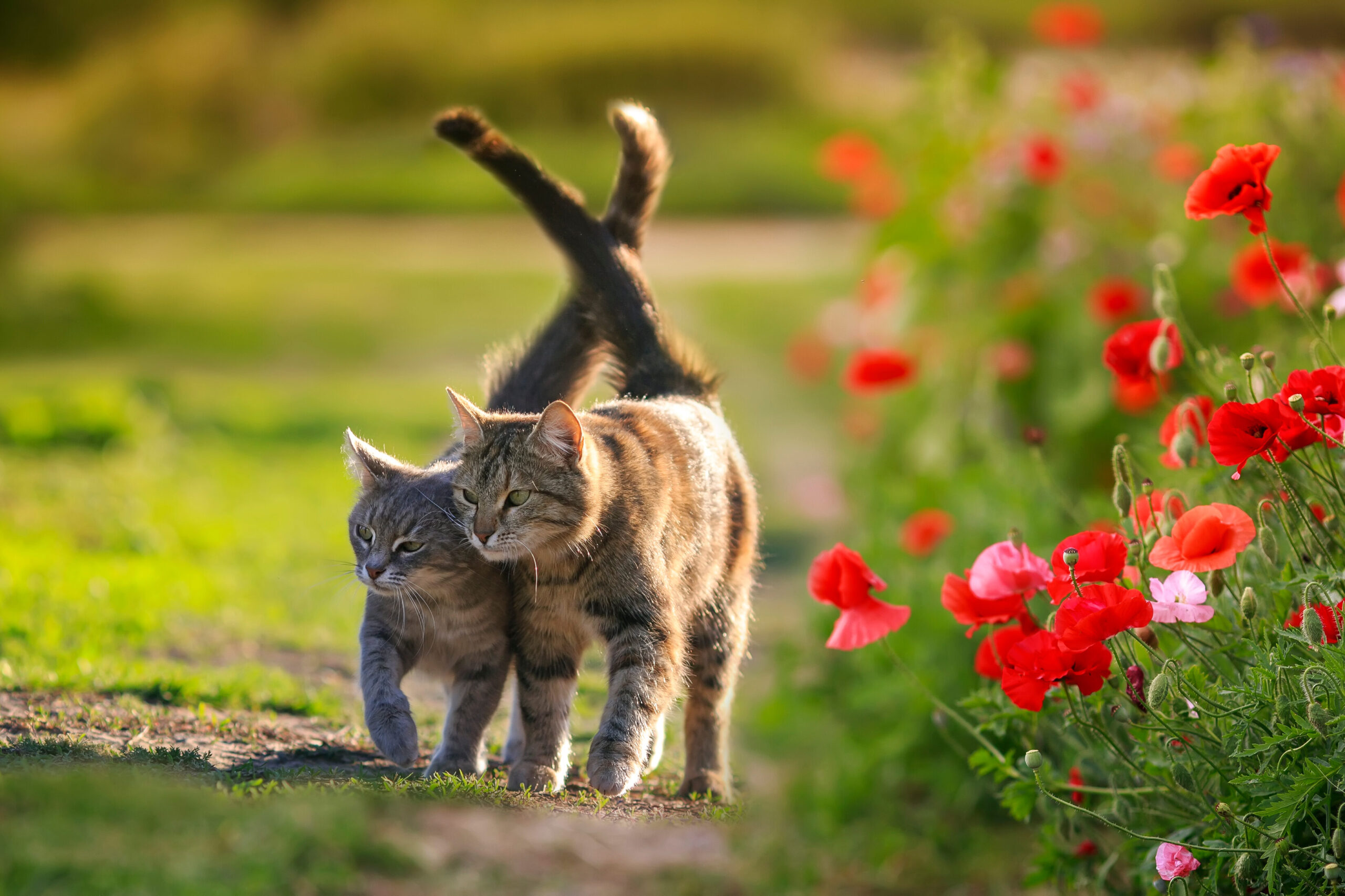
Atlanta may be known for its Southern charm and bustling music scene, but it’s also one of the country’s top cities for feral cats. The city’s humid climate and numerous wooded areas provide plenty of shelter, making it easier for colonies to establish themselves. You’ll find feral cats everywhere, from residential neighborhoods to abandoned lots, with some even taking up residence near historic sites like Oakland Cemetery.
Luckily, Atlanta has some of the most passionate cat advocates in the country. Organizations like PAWS Atlanta and Lifeline Animal Project work to spay, neuter, and find homes for adoptable kittens while allowing adult ferals to live freely. There’s even a growing culture of backyard cat caretakers who provide food and makeshift shelters for their neighborhood’s feline residents. If you ever catch sight of a pair of green eyes glowing in the Georgia twilight, you’ve likely met one of Atlanta’s street-smart survivors.
9. Washington, D.C. – A City of History… and Cats
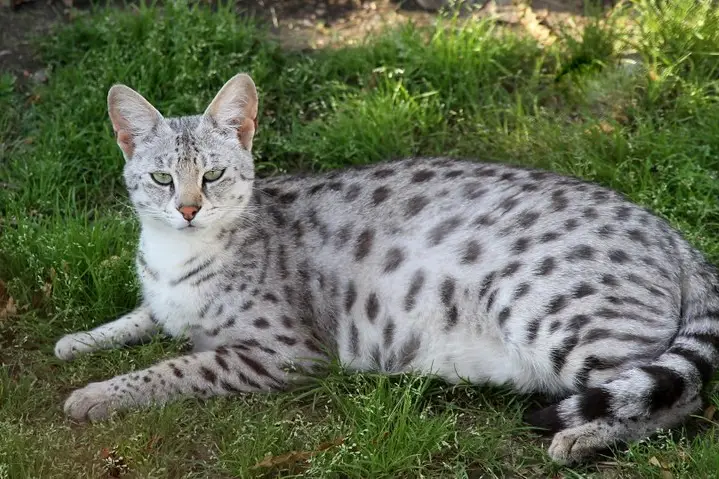
While Washington, D.C. is known for its political power and historic landmarks, it’s also home to a sizable feral cat population. You might not see them strolling down Pennsylvania Avenue, but take a walk through the quieter residential streets, and you’ll find colonies hiding in alleys, under porches, and even near the Capitol’s green spaces. Some locals even joke that the real “shadow government” is run by cats.
To keep the population under control, D.C. has implemented one of the country’s most effective TNR programs, led by groups like Alley Cat Allies and Humane Rescue Alliance. These efforts have helped reduce the number of kittens born on the streets while allowing existing feral cats to live healthier, more stable lives. The city has also seen an increase in cat-friendly initiatives, from feline adoption events to public education campaigns about humane treatment. Even in a city known for debates, one thing most Washingtonians can agree on is that feral cats are here to stay.
10. Phoenix, Arizona – Surviving the Desert Heat

Phoenix might not seem like an ideal place for feral cats, given its scorching summers and dry climate, but these desert felines have adapted impressively. The city’s large suburban sprawl, abundance of golf courses, and outdoor dining spots provide ample opportunities for food and shelter. While daytime temperatures can be extreme, feral cats have learned to find shade in drainage pipes, under cars, and in desert brush.
One challenge Phoenix faces is dehydration among its feral cat population, as water sources can be scarce. To combat this, volunteers and rescue groups like The Foundation for Homeless Cats set up outdoor water stations and feeding sites to help keep the animals healthy. The city’s TNR efforts are also expanding, with more residents becoming involved in humane cat management. These tough, heat-resistant felines prove that even in one of the harshest climates in the U.S., cats will always find a way to thrive.


